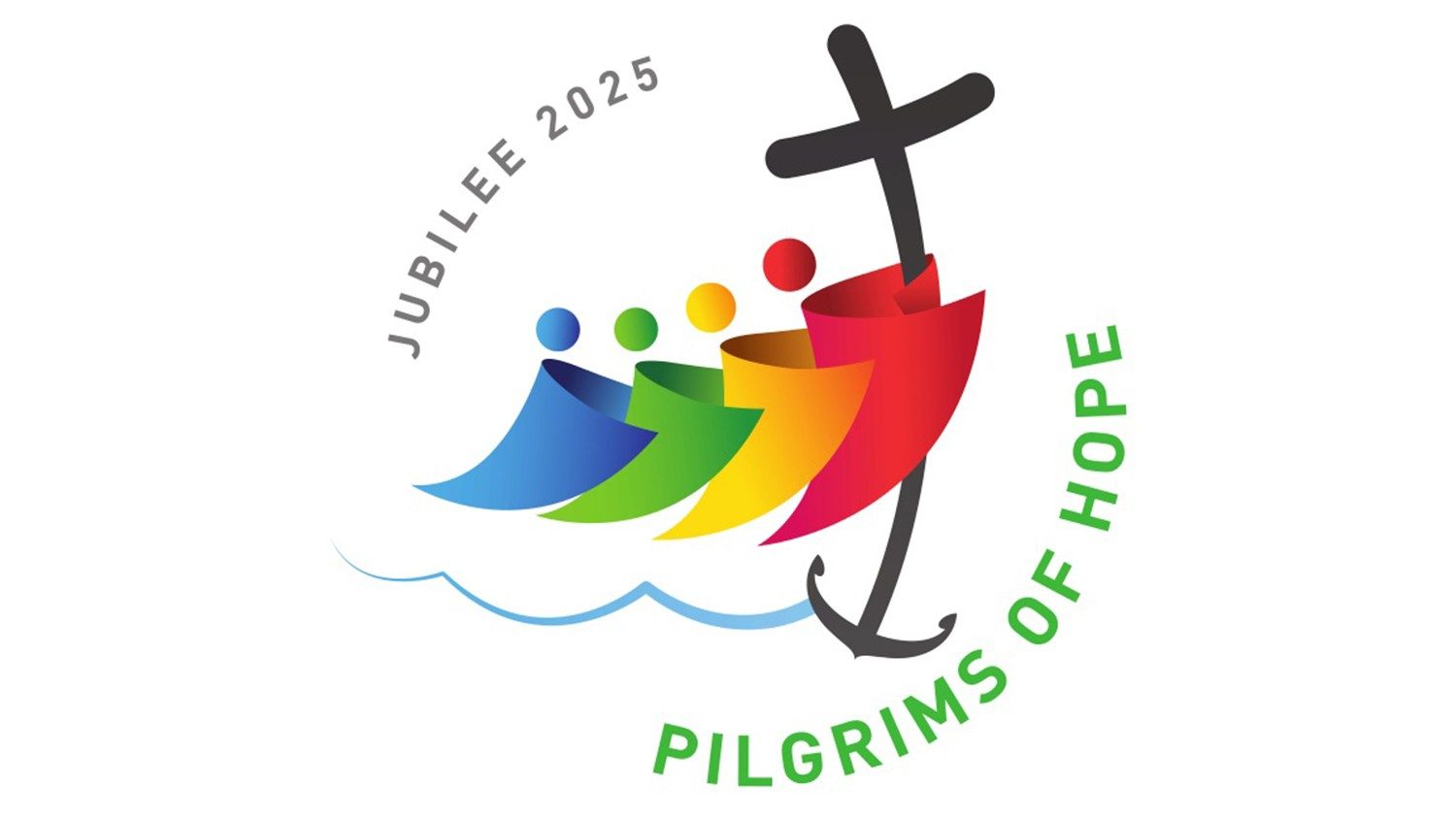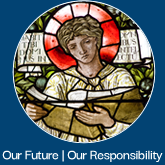One Parish, Two Churches
2026
Welcome to St Luke’s Blackburn South & St Timothy’s Forest Hill! 
Whether you're a regular or just visiting, we want to say "G'day" and thanks for stopping by our community!
As we celebrate Christmas and look ahead to the New Year 2026, many of us find ourselves reflecting on life, faith, and what truly matters. Christmas reminds us that God comes close to us - in love, meekness, humility, and hope.
We, as a parish, are stepping forward to be a Church of missionary disciples. This vision invites us to place the Gospel at the very heart of everything we do — our prayer, our worship, and our care and reach out to one another and the wider community. At its core, this vision is simple:
- To keep Jesus at the centre of parish life.
- To build strong, welcoming communities where people can grow in faith together.
- To ensure our parish is well supported, spiritually and practically, so it can serve and bring the Gospel of Jesus Christ to others
This is the mission Jesus gave his followers when he said, “Go and make disciples” — a call not just to believe, but to live and share our faith with joy and confidence.
As your parish priest, this is the mission I am committed to: to help form a parish that is welcoming, united, and reaching out, where faith is lived, shared, and passed on to future generations. We hope you’ll get involve, support and journey with us with joy!
"For to us a child is born, to us a son is given; and the government shall be upon his shoulder, and his name shall be called Wonderful Counsellor, Mighty God, Everlasting Father, Prince of peace." – Isaiah 9:6
May the joy and peace of Christ’s birth be with you and your loved ones this Christmas, and may the New Year 2026 ahead be filled with Hope and Love of Christ and new beginnings.
Father Alex Chow
Parish Priest of St Luke the Evangelist Blackburn South & St Timothy’s Forest Hill
Upcoming Events
The Bible Timeline Program 2025 | Next Session: 29 January 2026
The Jubilee Prayer 2025
Father in heaven, may the faith you have given us in your son, Jesus Christ, our brother, and the flame of charity enkindled in our hearts by the Holy Spirit, reawaken in us the blessed hope for the coming of your Kingdom.
May your grace transform us into tireless cultivators of the seeds of the Gospel. May those seeds transform from within both humanity and the whole cosmos in the sure expectation of a new heaven and a new earth, when, with the powers of Evil vanquished, your glory will shine eternally.
May the grace of the Jubilee reawaken in us, Pilgrims of Hope, a yearning for the treasures of heaven. May that same grace spread the joy and peace of our Redeemer throughout the earth. To you our God, eternally blessed, be glory and praise for ever.
Amen.

| St Luke's | Faith | Comunity |
Future |
2021 - 2025 Pastoral Plan |
| & St Timothy's | Vital | Vibrant | Viable | ... One Mission, Two Parishes ... |
| Local Church | Spiritual | Ministerial | Material | 2021 ... Take the Way of the Gospel |
| Universal Church | Communion | Participation | Mission | 2021 - 2024 International Synod |
Journeying together in daily life ...
November 2025
What are the Pope's Intentions for the Month of November?
For the prevention of suicide:
Let us pray that those who are struggling with suicidal thoughts might find the support, care and love they need in their community, and be open to the beauty of life.
So we continue ‘Journeying Together In Daily Life - From Structures To Relationships - From Delegation To Involvement’. It is therefore necessary to reawaken in every local reality the awareness that we are the people of God, responsible for incarnating the Gospel in our different contexts and in all daily situations. This involves stepping outside the logic of delegation, which so greatly conditions pastoral action.

Saint Timothy's Catholic Parish acknowledges the Wurundjeri People as the traditional owners of this land.
We also acknowledge the continued deep spiritual attachment and relationship of Aboriginal and Torres Strait Islander Peoples to this country and commit ourselves to the ongoing journey of Reconciliation.




 17 Stevens Road, Vermont Vic 3133 | 03 9412 8499
17 Stevens Road, Vermont Vic 3133 | 03 9412 8499